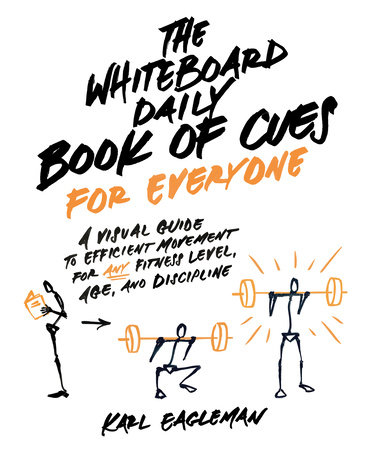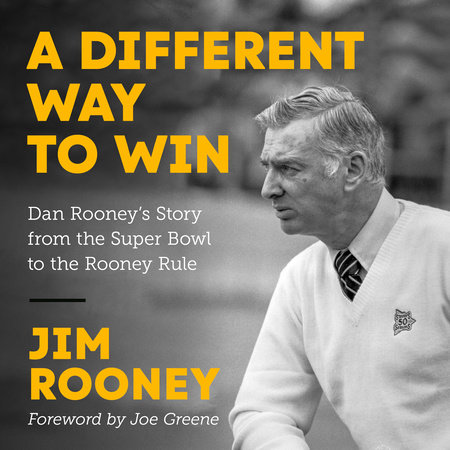

Tri Power
By Paul Frediani and William Smith
By Paul Frediani and William Smith
Category: Sports

-
$19.95
Jul 03, 2007 | ISBN 9781578262441
Buy the Paperback:
YOU MAY ALSO LIKE

The High School Athlete: Baseball

Football, the People’s Shame

The Whiteboard Daily Book of Cues for Everyone

Stugotz’s Personal Record Book

A Different Way to Win

The Real Madrid Revolution

Inside Mercedes F1

Klopp

All Roads Home
Praise
“As a collegiate hockey player and rower, I didn’t think of core training when I moved into [performing] triathlons. Only when I suffered through several injuries that laid me up for almost two years, did I realize that core strength would not only make me faster, but also improve my body’s ability to prevent and heal injury. I got started late on the Tri Power program last year, but it still enabled me to make Honorable Mention All American in 2006 and, given training splits on the bike, track, and pool, I’m confident I’ll be making All American this year–and race more with far fewer injuries.”
– Charles Macintosh
Honorable Mention All American USA Triathlete (2006)
Member of Team Enhance Triathlon Team NYC
Member of Elysium Fitness Cycling Team
“As I get older, the line between training and injury becomes more difficult to straddle. I have discovered that strength training is the key to keep me strong and injury-free during the long triathlon season. Not only are there physical benefits, the psychological lift it gives me when I need to push through fatigue and out of my comfort zone is immeasurable.”
– Renee Meier
NYC Triathlon, 1st place Age Group (2005)
NYC Triathlon, 2nd place Age Group (2006)
Montauk Mightyman 1/2 Ironman, 1st place (2004, 2006)
Mighty Hamptons, 1st place (2004, 2006)
Vytra Tobay Triathlon, 1st place (2004)
Mighty North Fork, 1st place (2003)
Vytra Tobay, 1st place (2003)
“After a week packed with running and cycling, most of my Monday mornings are intimately spent unknotting my legs on the foam roller. Like a best friend with a sadistic edge, it hurts as good as a hard sprint session. But it’s the best selfcare for my ITB, glutes, and hamstrings (that get as tight as a taught derailleur cable). Tri Power details a terrific and easy-to-follow myofacial release program that leaves me feeling loose and flexible and ready for the next go ‘round.”
–Stefani Jackenthal, elite endurance athlete and adventure journalist
Big Sur Trail Marathon, 1st place (2006)
South African Augrabies Extreme Marathon, 1st place (2006)
Costa Rica’s The Costal Challenge, 2nd place (2006)
All American USA Triathlete (2001)
New York City Triathlon, 1st place (2001, 2002)
“I have followed a strength training program in the off-season for the past three years. Triathlons, particularly cycling in my case, tend to create muscle imbalances that I believe lead to an increased risk of injury. I want to compete in this sport for a long time, and a structured strength training program allows me to achieve a sense of muscular balance and improve my performance by addressing weaknesses first. Tri Power not only provides me with the opportunity to assess and evaluate my strength program, but it also provides a structured program that compliments traditional strength programming with non-traditional training protocols such as balance training, movement prep, and corrective flexibility training.”
– Robert Auston, amateur triathlete and cyclist
“Tri Power protocols address the necessary components of injury prevention. Lack of neuromuscular coordination in traditional core training, namely effective core training, should be done in a challenging environment that incorporates balance and stability. Inefficient motor patterns can develop in static movement patterns, such as crunches. Periodization through phased training as used in Tri Power is important for [your] body, particularly the nervous and muscular systems…. Traditionally endurance-related sports such as running, cycling, and triathlons have not [before] incorporated consistent power training in program design, for either misplaced safety or lack of knowledge… [It] increases your running form through greater nervous system recruitment.”
–Dr. Scott G. Duke DC, DACBSP,
A graduate of the New York Chiropractic College
American Chiropractic Board of Sports Physicians Diplomat
Expert in the field of athletic and spine rehabilitation specializing in soft tissue management
“Having worked with hundreds of Olympic, national, and world class athletes, it is amazing to appreciate how finely attuned they are to small changes in their body. If we multiply the number of repetitions, as in the sport of Triathlon, times the abnormal forces acting on the body it is easy to understand how this could set up a soft tissue disaster. Tri Power addresses muscular imbalances, along with addressing the soft tissue changes, through a dynamic strength program designed for the everyday athlete. Athletes who perform repetitive activities, such as triathletes, subject their musculoskeletal and myofascial systems to higher risk for injury. This repetition of movement creates continual biomechanical stress which for many athletes leads to breakdown of these soft tissue structures producing scar tissue.”
– Dr. Marc Jaffe
United States team chiropractor for the 2003 World University Games in South Korea
United States Olympic Team Chiropractor for the 2004 Olympic Games in Athens, Greece
Diplomate of the American Chiropractic Board of Sports Physicians
2006 New Jersey Sports Chiropractor of the Year
Table Of Contents
Table of Contents
Introduction
1 The Program
2 Strength and Flexibility Assessment
3 Components and Warming Up
4 Phase 1: Foundation and Adaptation
5 Phase 2: Building
6 Phase 3: Power
7 Phase 4: Maintenance
8 Fixing the Weak Spots
9 Recovery
Conclusion
About the Authors
Appendix A: FAQ
Appendix B: Glossary
Appendix C: Triathlon Education and Equipment Resources
Appendix D: Triathlon Resources
Appendix E: Sources
21 Books You’ve Been Meaning to Read
Just for joining you’ll get personalized recommendations on your dashboard daily and features only for members.
Find Out More Join Now Sign In














